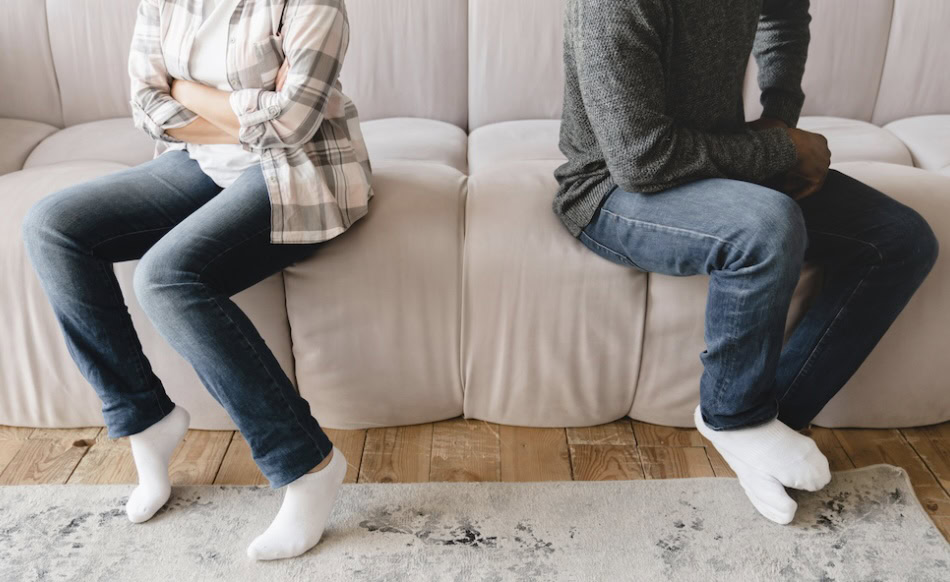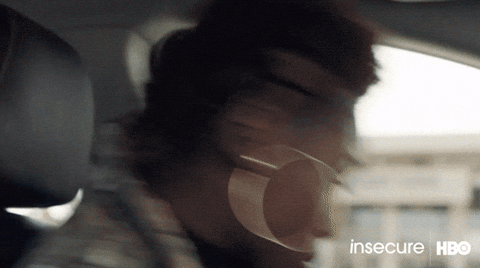Hey there, Relationship Explorers-
I don’t know about you, but I used to have this habit of getting very attached to my relationships. Then I realized this wasn’t working well in getting me to the secure relationship I needed. In fact, it was doing the opposite.

It took some years of messy love, but I started to figure it out. Albeit this was before the explanation of attachment styles and acknowledgment of understanding that some relationships are just not relationship worthy.
It took some years of messy love, but I started to figure it out. Albeit, it was before the explanation and understanding of attachment styles and acknowledgment of understanding that some relationships are just not “relationship worthy.”
But, I don’t want you to be like me. And, it’s also why I wrote a book, “Love Can Be Messy, But You Don’t Have to Be.” However, I digress!
I don’t want you to go through what I went through. I don’t want you to waste years – because many years or too many years – trying to figure out what you should know now about your attachment style and how to thrive in your relationship. So buckle up as we navigate the twists and turns of love with a lot of insight. Whether you’re securely attached, anxiously in love, playfully avoidant, or cautiously fearful, I’ve got tips tailored just for you!

- Secure Attachment Style:
- Tip 1: Communicate openly and honestly about your feelings and needs.
- Tip 2: Practice empathy and active listening to understand your partner’s perspective.
- Tip 3: Foster trust by being reliable and consistent in your actions.
- Tip 4: Encourage independence while nurturing emotional closeness.

- Anxious Attachment Style:
- Tip 1: Learn to self-soothe and manage your anxiety triggers.
- Tip 2: Communicate your needs for reassurance without being overly clingy.
- Tip 3: Develop a sense of security within yourself to reduce dependency on your partner.
- Tip 4: Work on building trust and confidence in your relationship over time.

- Avoidant Attachment Style:
- Tip 1: Be aware of your tendency to withdraw and practice open communication.
- Tip 2: Give yourself and your partner space when needed, but also prioritize connection.
- Tip 3: Address any underlying fears of intimacy through therapy or self-reflection.
- Tip 4: Foster a sense of safety and acceptance in the relationship to encourage vulnerability.

- Fearful-Avoidant Attachment Style:
- Tip 1: Seek professional support to work through past traumas and fears.
- Tip 2: Practice self-compassion and patience as you navigate relationship challenges.
- Tip 3: Communicate openly about your fears and needs with your partner.
- Tip 4: Build trust gradually by setting small goals for intimacy and connection.
Healthy relationships thrive when you have understanding, empathy, and mutual growth. By recognizing and respecting each other’s attachment styles (because we all have them), couples can create a supportive environment where love can flourish. Implementing these tips can pave the way for stronger, more resilient relationships, regardless of attachment styles.
Are you still struggling with decoding your attachment style? I can help! Click here to book a consultation to get you on the right path for a healthier relationship.
Until next time,
XoXo




